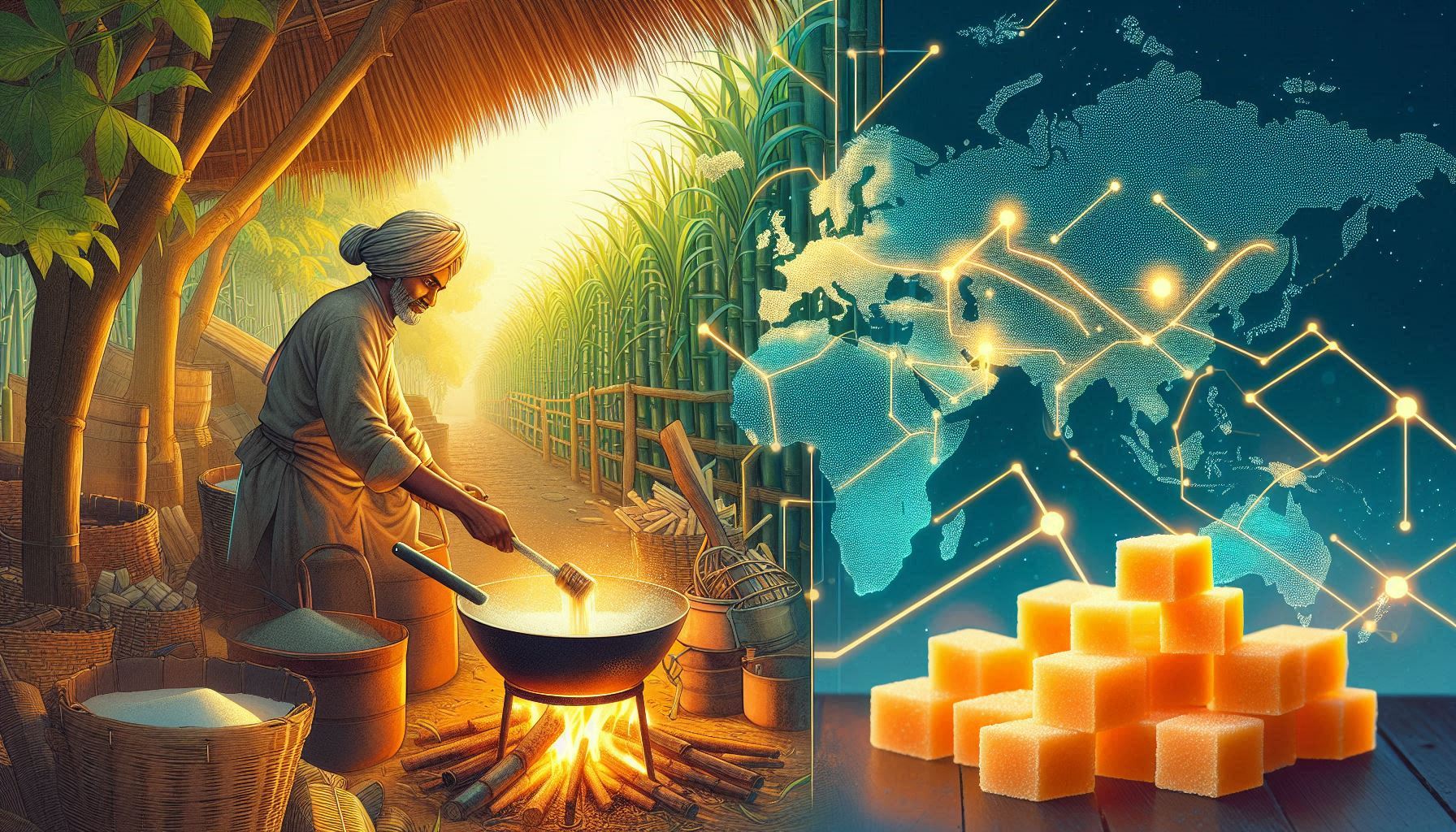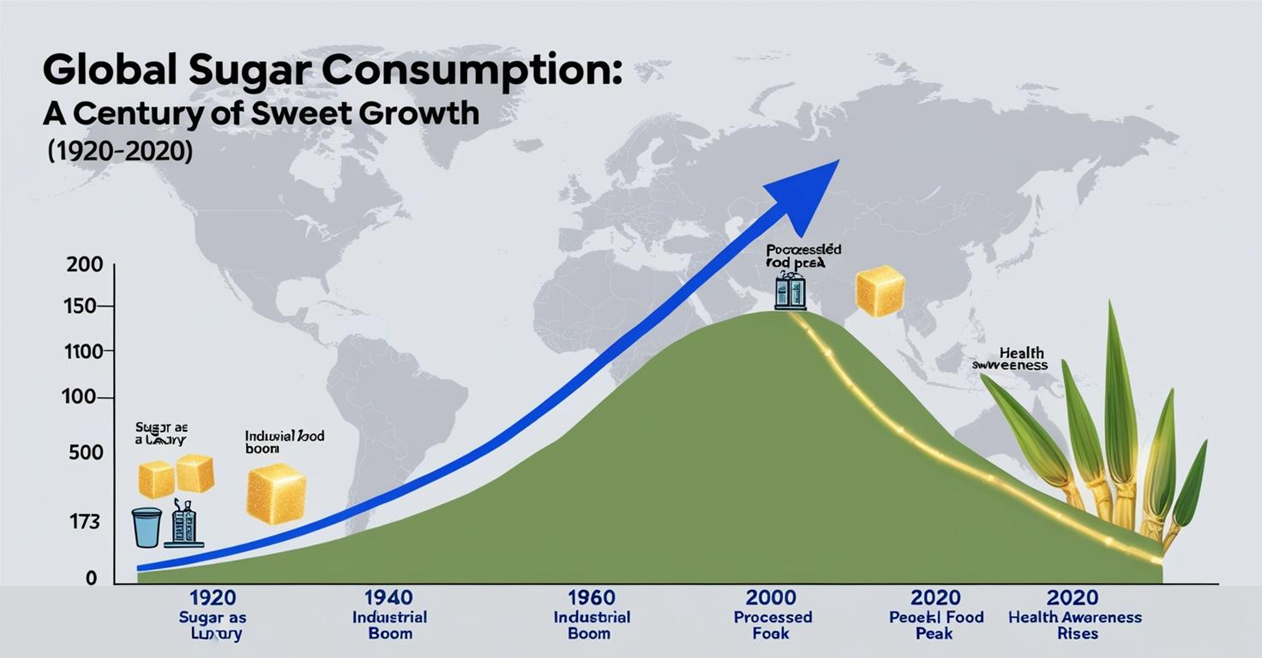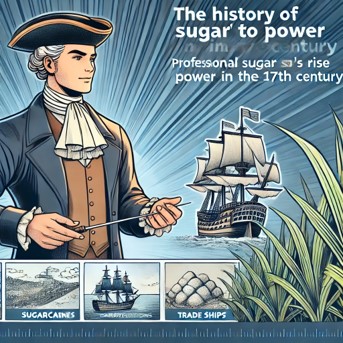"Life is uncertain. Eat dessert first." – Ernestine Ulmer

India’s sugar-making story started long ago with simple methods like boiling sugarcane juice into jaggery (gur), khandsari, rab, and palm jaggery. These traditional techniques are still around today, especially gur and palm jaggery, used by about 500–700 million people in India. They’re big business too, worth ₹31,000–73,600 crore yearly, mostly in rural areas. The government keeps an eye on them through the Department of Food and Public Distribution and FSSAI, but it’s light regulation. India’s languages show off this sugar diversity—think gur in Hindi, vellam in Tamil, or sakhar in Marathi, all tied back to old Sanskrit words like śarkarā.

This know-how didn’t stay in India. It traveled west through Arab traders around the 7th–8th centuries, hitting Europe as a fancy import. Medieval folks there picked up the trick of turning sugarcane juice into crystals, starting small in places like Sicily. Later, countries like Portugal and Britain took it big-time to colonies in Brazil and the Caribbean. That’s where things got messy—colonizers cleared 8–12 million hectares of forest for sugarcane, mostly in those regions. They also moved 10–12 million people to work the fields: 8–10 million enslaved Africans, some indigenous folks, and later 1.7–2 million indentured workers from India and China.

In Europe, sugar went from a rare treat to an everyday must-have. It changed how people ate—think tea with sugar, cakes, and jams—all thanks to India’s easy-to-use crystallized form. It even popped up in religion, jazzing up Christmas sweets and Easter treats, while monks sold it to fund their work. Poets like Chaucer name-dropped it as a rich-man’s perk, singers praised it in feast songs, and plays showed off sugar sculptures. It was a status thing that stuck.
Business-wise, sugar was a game-changer. It kicked off industries like candy-making and refining, boosted trade in cities like Venice, and made merchants wealthy. That set the stage for bigger colonial profits later on. The words we use for it—like sugar from śarkarā, candy from khaṇḍa, or jaggery—are still around in tons of languages, showing India’s mark worldwide. In India itself, every region’s got its own sugar name, like chini for the white stuff or bella in Kannada for jaggery.
India’s sugar story is about more than sweets—it’s about ideas spreading, shaping cultures, and driving economies. Sure, it’s got a dark side with forests lost and people forced to work, but it’s also about innovation that’s still alive today. Next time you grab some sugar, you’re tasting a bit of that history.
Generated on a Sunday afternoon with multiple generative AI dialogues. Complete document as is basis with no reliable guarantee available for reading here.
Add new comment